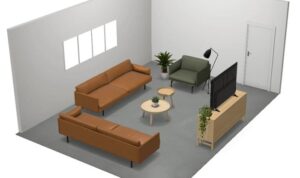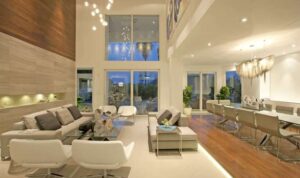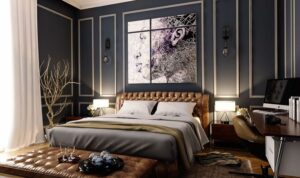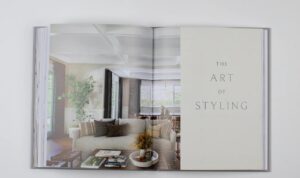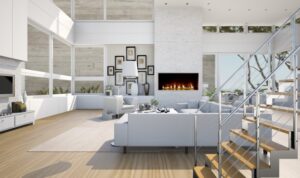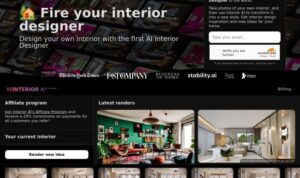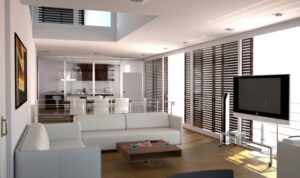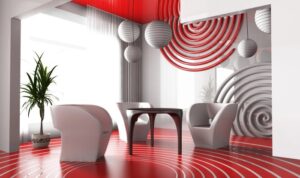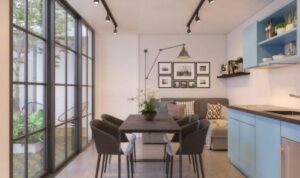Virtual room designer sets the stage for this enthralling narrative, offering readers a glimpse into a story that is rich in detail and brimming with originality from the outset. From defining what a virtual room designer is to exploring its key features and integration with real spaces, this guide covers it all.
Whether you're a design enthusiast or a professional looking to enhance your projects, virtual room designers offer a unique perspective on interior design that is both innovative and practical. Dive into the world of virtual design and unleash your creativity in ways you never thought possible.
Introduction to Virtual Room Designers
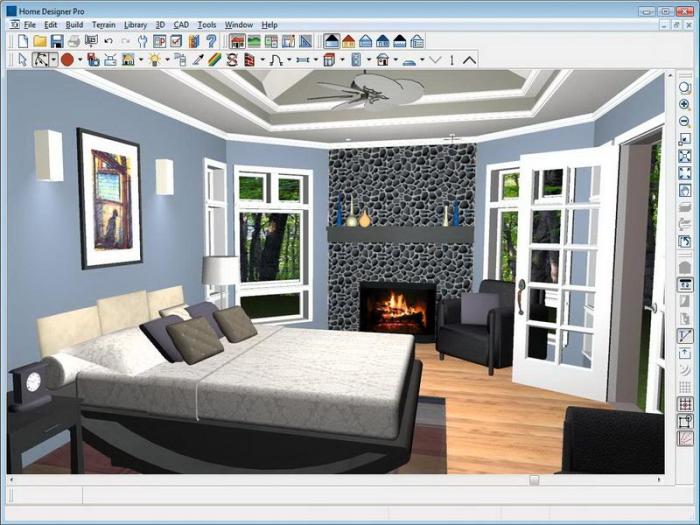
Virtual room designers are innovative tools used in the field of interior design to visualize and plan the layout of a space digitally. These software applications allow users to experiment with different furniture arrangements, color schemes, and decor elements to create a virtual representation of a room before making any physical changes.
Benefits of Using Virtual Room Designers
Using virtual room designers offers several benefits to both designers and clients. Some of the key advantages include:
- Visualization: Virtual room designers provide a realistic representation of the space, helping users visualize the final look before implementation.
- Cost-Effective: By experimenting digitally, users can save money on costly mistakes that may arise from traditional trial-and-error methods.
- Time-Saving: Designing a room virtually allows for quick adjustments and modifications, streamlining the design process.
- Enhanced Communication: Virtual room designers facilitate better communication between designers and clients by presenting a clear visual representation of the design ideas.
- Accessibility: These tools are easily accessible and user-friendly, making them suitable for both professionals and DIY enthusiasts.
Features of Virtual Room Designers
Virtual room designers come with a variety of features that help users create and visualize their ideal spaces. These features are designed to make the design process more efficient and enjoyable for users.
Key Features:
- Customization Options: Virtual room designers allow users to customize various elements such as furniture, colors, textures, and lighting to create a personalized space that reflects their style and preferences.
- Drag and Drop Functionality: Users can easily drag and drop items within the virtual room to experiment with different layouts and configurations.
- Measurement Tools: Virtual room designers often come equipped with measurement tools that allow users to accurately scale their designs and ensure that furniture fits properly within the space.
- Material Libraries: Users have access to a wide range of material options to choose from, including different finishes, fabrics, and patterns, to visualize how different materials will look in their design.
- Realistic Rendering: Virtual room designers use advanced rendering technology to create lifelike images of the designed space, providing users with a realistic preview of how the final design will look.
Customization Options:
Customization options in virtual room designers give users the freedom to personalize every aspect of their design. From selecting the color of the walls to choosing the style of furniture, users can tailor the design to suit their taste and needs.
By allowing users to experiment with different combinations, customization options enable them to create a space that truly reflects their unique vision.
Importance of Realistic Rendering:
Realistic rendering is crucial in virtual room designers as it helps users visualize their design concepts accurately. By providing a lifelike representation of the space, realistic rendering allows users to see how different elements come together and make informed decisions about their design.
This feature enhances the user experience and ensures that the final design meets their expectations.
How Virtual Room Designers Work
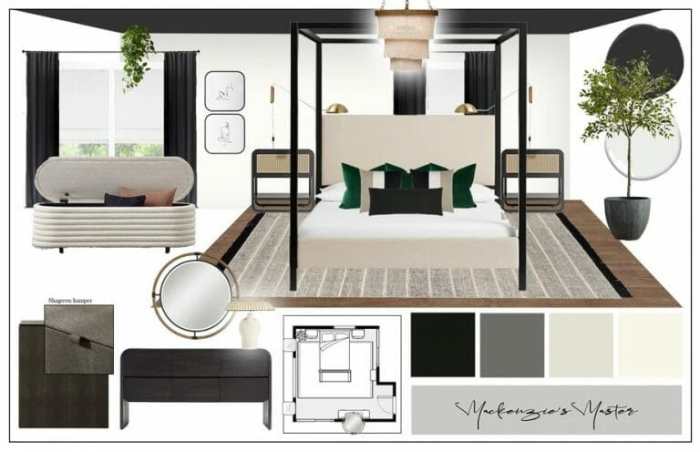
Virtual room designers work by allowing users to create a digital representation of a room in their home through a user-friendly interface. Users can input dimensions, layout preferences, and various design elements to visualize their ideal space before making any physical changes.
Inputting Dimensions and Layout Preferences
Users can input the dimensions of their room by simply entering the length, width, and height into the virtual room designer tool. They can also specify the layout preferences by choosing where doors, windows, and other architectural features are located within the room.
Visualizing Design Elements
Virtual room designers help users visualize different design elements such as furniture placement and color schemes by providing a library of pre-designed items to choose from. Users can drag and drop furniture pieces, change wall colors, and experiment with different decor options to see how everything comes together in a cohesive design.
Comparing Virtual Room Designers
When it comes to virtual room designers, there are several options available in the market. Each designer offers unique features and pricing models, making it essential to compare them to find the best fit for your needs.
User-Friendliness
- Virtual room designers like Roomstyler and Planner 5D are known for their user-friendly interfaces, making it easy for beginners to create designs without much hassle.
- On the other hand, software like Chief Architect may have a steeper learning curve but offers more advanced features for professional designers.
- Consider your level of expertise and the complexity of your project when evaluating the user-friendliness of different virtual room designers.
Pricing Models and Subscription Options
- Some virtual room designers offer free basic versions with limited features, while others require a subscription for full access to all tools and assets.
- Roomstyler and HomeByMe provide affordable subscription options with monthly or yearly plans, catering to different budget preferences.
- Alternatively, software like SketchUp Pro may have a higher upfront cost but offers a one-time payment option for access to all features without recurring fees.
- Consider your budget and the features you require to determine the most cost-effective pricing model for your virtual room design needs.
Integrating Virtual Room Designers with Real Spaces
Virtual room designers can be seamlessly integrated with augmented reality (AR) or virtual reality (VR) technologies to create a unique and interactive experience for users. By combining the virtual design capabilities with AR or VR, users can visualize their designs in a real-world setting, allowing for a more immersive and realistic design experience.
Challenges and Benefits of Using Virtual Room Designers for Real Space Design Projects
- Challenges:
- Integration complexities: Connecting virtual room designers with AR or VR technologies can be technically challenging and require expertise.
- User adoption: Some users may find it difficult to navigate the virtual design tools in combination with AR or VR.
- Cost implications: Implementing AR or VR integration for virtual room designers can be costly.
- Benefits:
- Enhanced visualization: Users can see how their designs will look in a real space, helping them make better decisions.
- Improved user experience: The combination of virtual design and AR/VR technologies offers a more engaging and interactive design process.
- Efficiency: Virtual room designers integrated with AR or VR can streamline the design process and reduce the need for physical prototypes.
Examples of Successful Projects Using Virtual Room Designers Alongside Physical Spaces
One notable example of successful integration of virtual room designers with real spaces is the use of AR technology by furniture retailers. Customers can use the virtual room designer to visualize how different furniture pieces will look in their homes before making a purchase.
This not only enhances the shopping experience but also reduces the likelihood of returns due to mismatched styles or sizes.Another example is the use of VR technology in architectural firms to create virtual walkthroughs of building designs. Clients can experience the proposed space in a realistic manner, allowing for better feedback and adjustments before construction begins.
This not only saves time and resources but also ensures that the final design meets the client's expectations.
Last Point
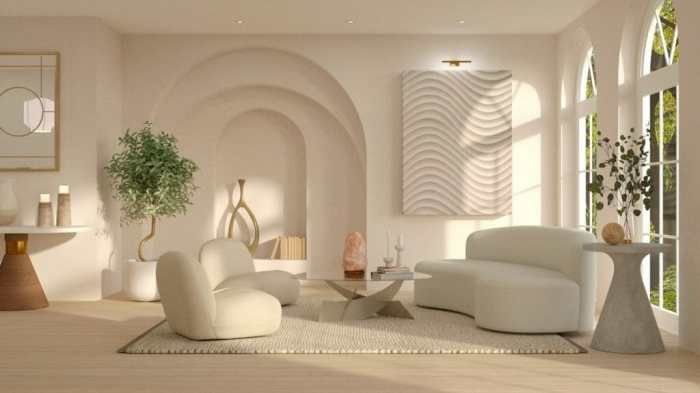
As we conclude this exploration of virtual room designers, it becomes evident that the future of interior design is intertwined with technology. From realistic rendering to seamless integration with AR and VR, these tools are reshaping the way we envision and create living spaces.
Embrace the possibilities that virtual room designers offer and elevate your design experience to new heights.
Questions and Answers
What sets virtual room designers apart from traditional design methods?
Virtual room designers provide a dynamic platform where users can visualize and customize their spaces in a realistic 3D environment, offering a more immersive design experience.
Can virtual room designers accurately reflect real-life room dimensions?
Yes, users can input precise dimensions and layout preferences to ensure an accurate representation of their space within the virtual room designer.
Are virtual room designers suitable for professional interior designers?
Absolutely, virtual room designers offer professionals a powerful tool to streamline their design process, enhance client presentations, and experiment with different design elements efficiently.

